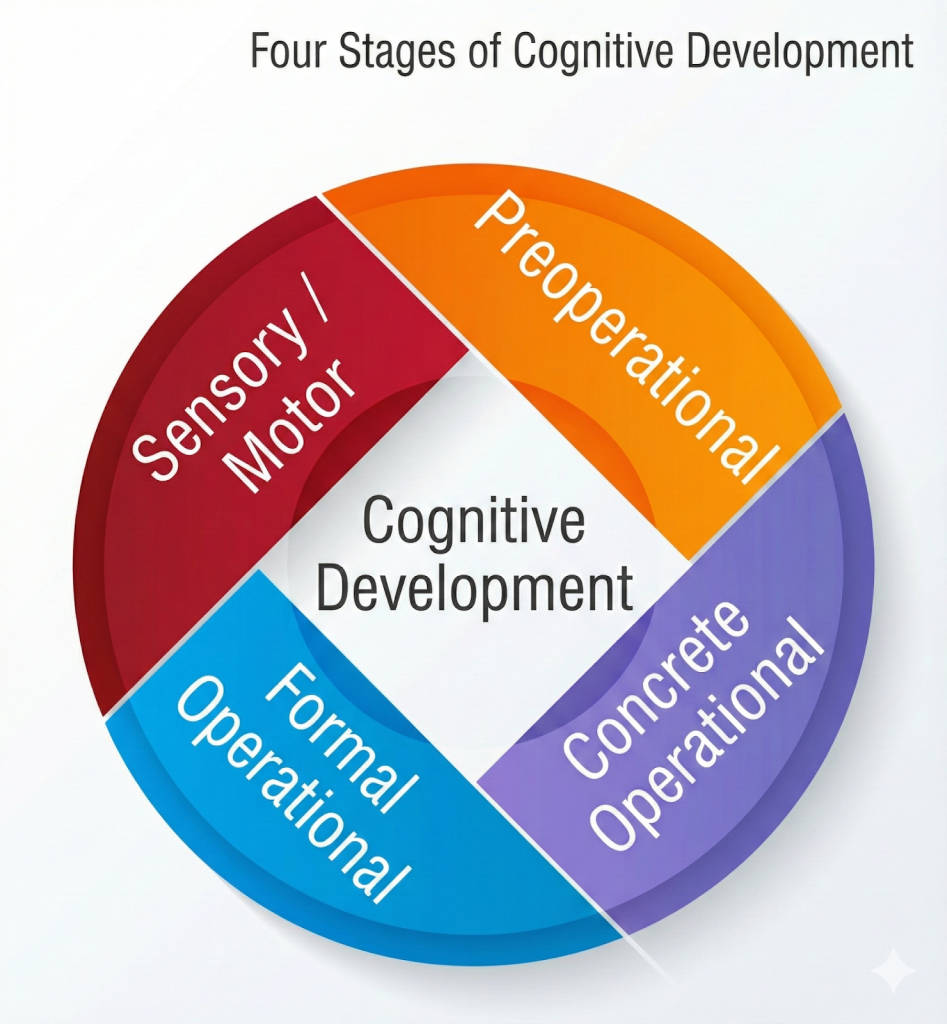Software engineering has a complexity problem. We unintentionally buried teams under a mountain of cognitive load by insisting “you build it, you run it.” While this empowered teams, it also burdened them with a staggering amount of cognitive load. A frontend developer should not need to wrestle with Terraform state or IAM roles just to ship a UI update. We need better curation. We need the “Golden Path.” It is often confused with strict governance, but it is actually the highest form of empathy a platform team can offer.
What Is a Golden Path?
A golden path is an opinionated and supported route for building software. Originally popularized by Spotify, the concept is distinct from a mandate. In golden path software development, the goal is convenience rather than restriction. It is a pre-configured set of tools that lets a developer go from idea to production with minimal friction. If you stay on the path, security and observability come “for free.” Experienced engineers can still go “off-road” for specific needs, but they leave the platform support behind.
Why Golden Paths Matter in Modern Platform Engineering
Platform Engineering is rising as a response to DevOps burnout. Without a Golden Path, an organization becomes a collection of fragmented setups solving the same infrastructure problems in incompatible ways. This fragmentation kills velocity. Golden Paths matter because they shift focus from firefighting unique configurations to building robust standards that benefit everyone.
How Golden Paths Improve Developer Experience (DevEx)
Developer Experience is a productivity metric. The enemy of productivity is decision fatigue. When starting a new service, developers should not waste time debating logging libraries or Dockerfile structures. A golden path removes this setup tax. It abstracts away repetitive glue work so teams can enter a flow state faster, focusing on business logic instead of fighting YAML indentation.

Key Components of an Effective Golden Path
A Golden Path is a tangible ecosystem comprising of:
- Scaffolders: Tools like Backstage or custom CLIs that generate a new repository with all boilerplate code, dependencies, and config files pre-wired.
- Standardized CI/CD: Pipelines that are pre-configured with the organization’s best practices for testing, linting, and deployment.
- Baked-in Security: Dependency scanning, secret management, and static analysis tools that run automatically without the developer needing to configure them.
- Default Observability: Dashboards and alerts that are auto-generated the moment the service is deployed.
Examples of Golden Paths in Real Engineering Organizations
Consider a mid-sized fintech company. Their golden path software development strategy might look like this:
A developer wants to build a new payment service. They log into the developer portal and select “New Spring Boot Service.”
- The system creates a GitHub repo with the company’s standard pom.xml and directory structure.
- It provisions a development database and creates necessary credentials in the vault.
- It registers the service in the catalog.
- It sets up a Jenkins pipeline that deploys to a dev cluster on every commit.
In ten minutes, the developer has a URL for a running service. Conversely, going off-road would require manual Terraform writing, ticket requests for database provisioning, and custom pipeline scripting—a process that could take days.
Golden Paths vs Guardrails: What’s the Difference?
It is vital to distinguish between guidance and policing.
- Guardrails are restrictions. They are the safety barriers that prevent you from driving off a cliff. Examples include policy-as-code that blocks public S3 buckets or prevents deploying containers as root. Guardrails say “No.”
- Golden Paths are enablers. They are the smooth asphalt that helps you drive fast. They say “Yes, and here is the fastest way to get there.”
You can have Guardrails without a Golden Path (a safe but frustrating environment), but a Golden Path without Guardrails is risky. The best organizations use them in tandem: the Golden Path is the easiest route, and Guardrails ensure that even if you go off-road, you don’t destroy the ecosystem.
How Platform Teams Build and Maintain Golden Paths
The biggest mistake platform teams make is building Golden Paths in an ivory tower. If you pave a path where no one wants to walk, you just create a “desire path” through the grass where developers actually go.
Building a Golden Path requires a product mindset.
- User Research: Interview developers to find their biggest friction points.
- MVP: Start with one supported language or framework (e.g., Node.js or Python).
- Iterate: Treat the path as software. It has versions, bugs, and feature requests.
- Marketing: You have to sell the path to your users. Show them how much time they save.
Benefits of Implementing Golden Paths in Large Engineering Teams
As organizations scale, entropy increases. Golden path software development acts as a stabilizing force.
- Mobility: When every service follows a similar structure, a developer can switch from Team A to Team B and understand the code layout and deployment process on day one.
- Compliance: Audits become trivial when 90% of services are built on compliant-by-default templates.
- Upgradability: If a security vulnerability is found in a base library, the platform team can update the Golden Path template, and the fix propagates easier than hunting down individual bespoke configurations.
Common Challenges When Creating Golden Paths
Despite the benefits, the road is rarely smooth.
- The “One More Standard” Problem: As seen in the famous XKCD comic, trying to unify standards often just creates a 15th standard.
- Senior Engineer Resistance: Highly skilled engineers often resent abstraction. They want control. The Golden Path must be high-quality enough to win their respect, or flexible enough to allow “ejection” where they can take control of the underlying config when needed.
- Maintenance Burden: A stale Golden Path is worse than no path. If the templates use deprecated libraries, trust evaporates instantly.
Conclusion
The Golden Path acts as a strategic lever for engineering velocity. It directs cognitive energy toward solving unique business problems rather than wrestling with repetitive infrastructure. Mature organizations treat developer focus as their scarcest resource. A well-executed path turns the platform into an accelerator. Infrastructure becomes an invisible commodity.



